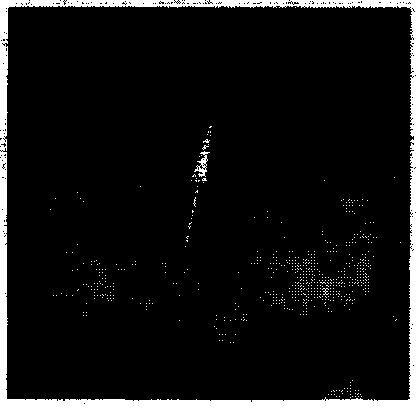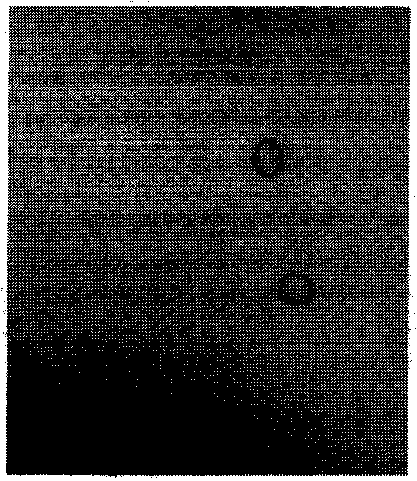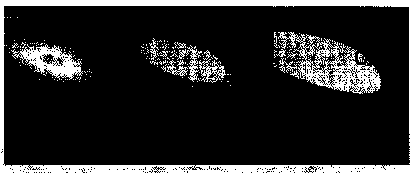Methods for positioning and displaying artifact or intensity inhomogeneity in digital image
A digital image, non-uniform technology, applied in the field of image compression, displaying deviation field artifacts and tissue brightness overlapping information, can solve problems such as poor repeatability, difficulty in evaluating deviation field correction results in MRI images, and difficulty in distinguishing brightness
- Summary
- Abstract
- Description
- Claims
- Application Information
AI Technical Summary
Problems solved by technology
Method used
Image
Examples
Embodiment 1
[0132] This embodiment applies the present invention to simulated MRI data. The problems solved by the present invention will be described through the embodiment and related reference drawings, the present invention will be verified through simulation data, and how to use the present invention will be explained.
[0133] In this embodiment, the 7th and 8th items and the 1st, 2nd and 6th items of the present invention are jointly applied, and the working principle diagram is shown in Figure 9 . First, the histogram of the decomposed image sequence is used to locate the display interval of the deviation field. In this interval, the original image is sequentially segmented by the sampled threshold sequence to obtain a decomposed image sequence composed of binary images. After color mapping, the color map sequence is obtained. In this way, the spatial variation pattern of the deviation field in the MRI image is displayed (the overlapping information of different tissue brightnes...
Embodiment 2
[0146] Embodiment 1 uses the simulated MRI image to verify that the present invention can detect the deviation field, and it is consistent with the objective existence. This embodiment will further illustrate how the present invention accurately displays the non-uniform intensity of the image and reduces the subjective bias of the visual illusion. In the present embodiment will use the 1-2 items of the present invention to show figure 2 The simulated MRI bias field shown (ie Figure 10 C shows the simulated MRI bias field).
[0147] Will figure 2 Shown MRI simulation deviation field image decomposes this image with all threshold value sequences in its brightness range: calculate original image highest brightness level Imax (this embodiment is 221) and minimum brightness level Imin (this embodiment is 58); application threshold {Imax , Imax-1,..., Imin+1, Imin} and formula (1) carry out binary segmentation to the original image in turn, and obtain the decomposed image sequ...
Embodiment 3
[0150] In this embodiment, the method used is the same as in Embodiment 1. The difference is that the images used are from real MRI data, in order to further explain the invention and illustrate its practical application.
[0151] The images used in this example ( Figure 15 ) is MRI data in real DICOM format and 3T field strength. In this embodiment, the same part as Embodiment 1 is briefly described. The main operation steps are explained as follows:
[0152] An image of interest is read from DICOM format MRI data and stored in a matrix.
[0153] Calculate the maximum value of the image matrix, the maximum value of this image is 2604. Starting from 2604, the original image matrix is thresholded in descending order, and the number of pixels with a value of 1 in the matrix is counted for each level of segmentation, and then stored. Plot a histogram of the decomposed image sequence using the stored vector and the brightness level vector of the image (see Figure 16 ). ...
PUM
 Login to View More
Login to View More Abstract
Description
Claims
Application Information
 Login to View More
Login to View More - R&D
- Intellectual Property
- Life Sciences
- Materials
- Tech Scout
- Unparalleled Data Quality
- Higher Quality Content
- 60% Fewer Hallucinations
Browse by: Latest US Patents, China's latest patents, Technical Efficacy Thesaurus, Application Domain, Technology Topic, Popular Technical Reports.
© 2025 PatSnap. All rights reserved.Legal|Privacy policy|Modern Slavery Act Transparency Statement|Sitemap|About US| Contact US: help@patsnap.com



